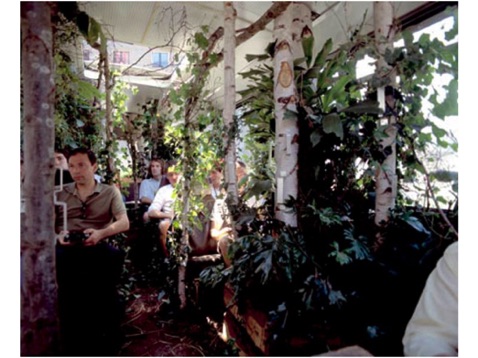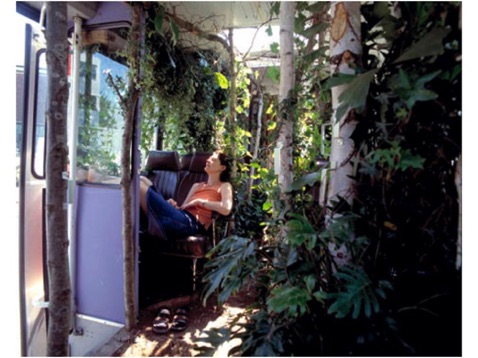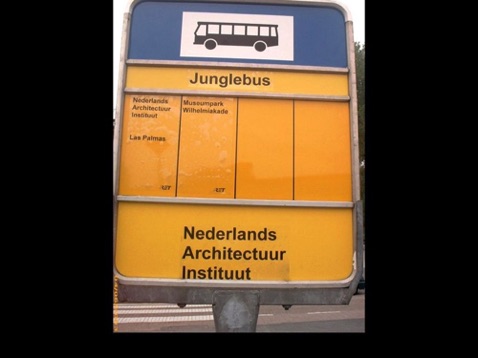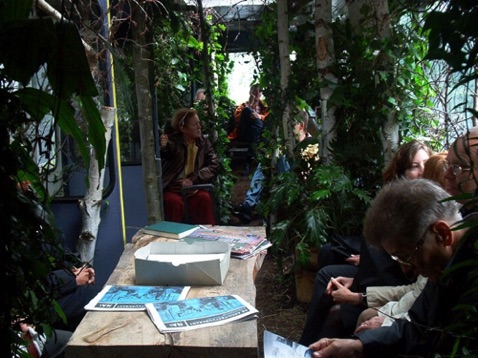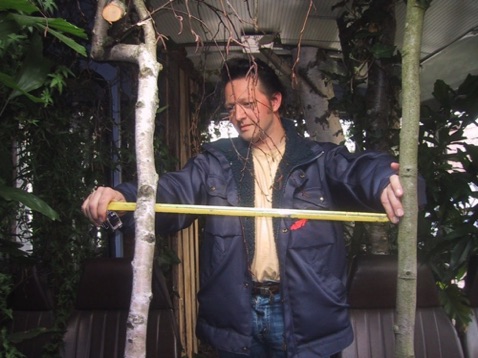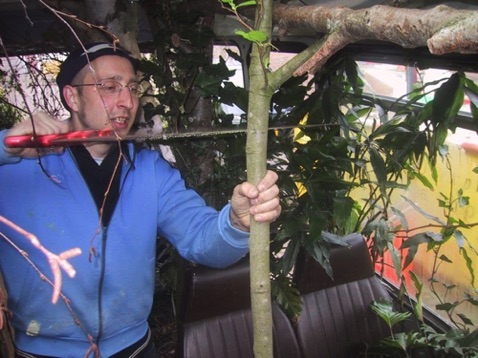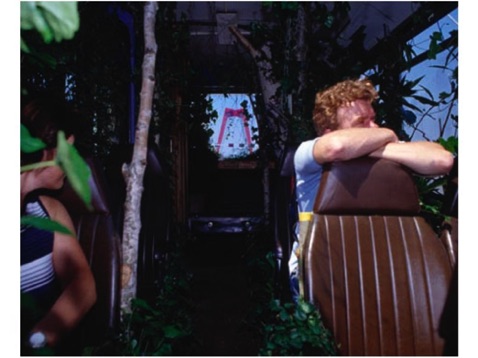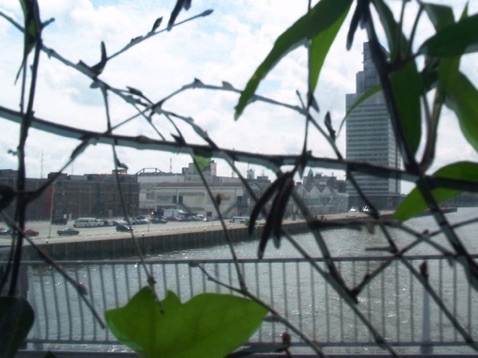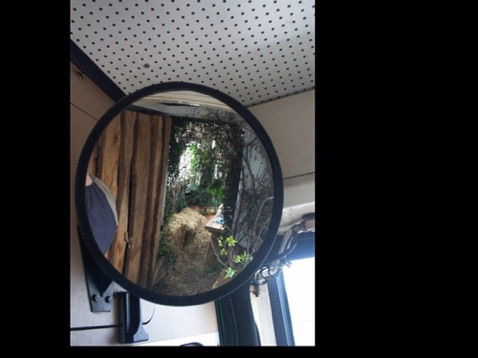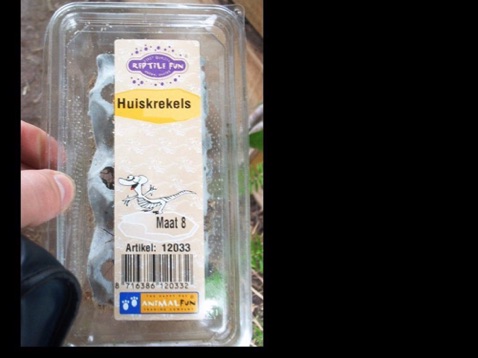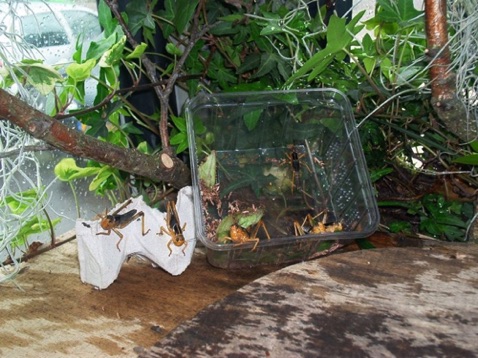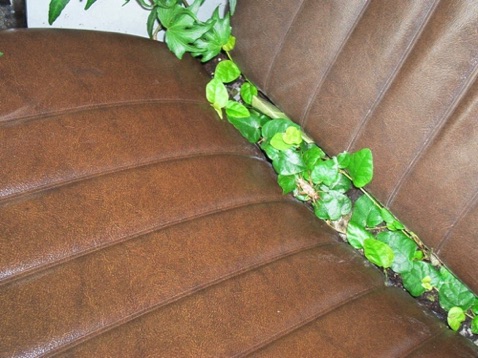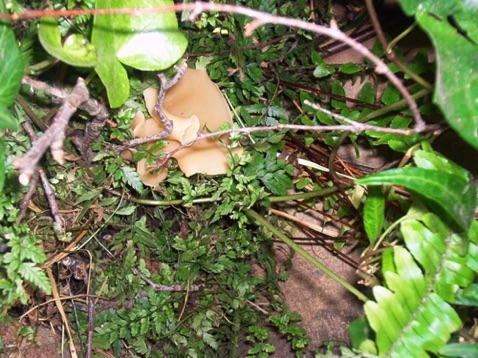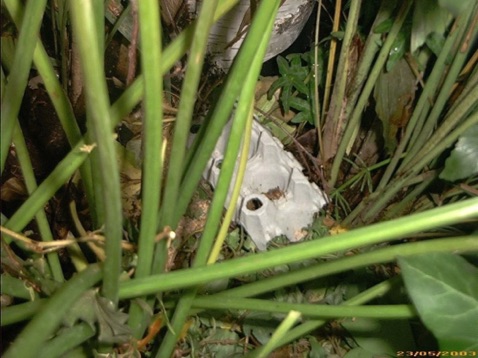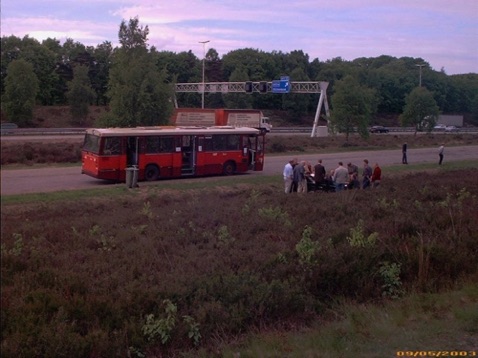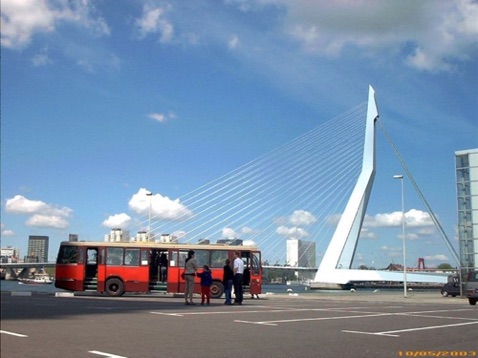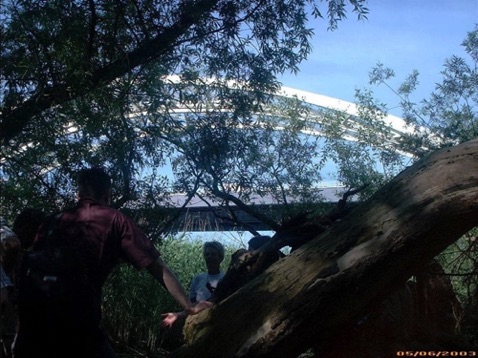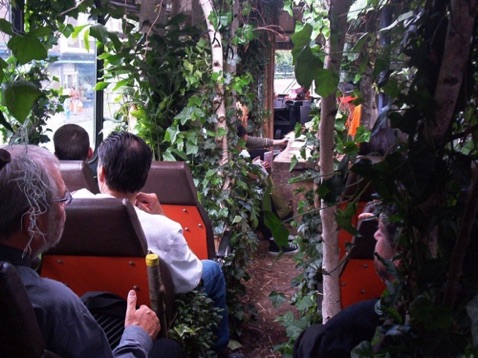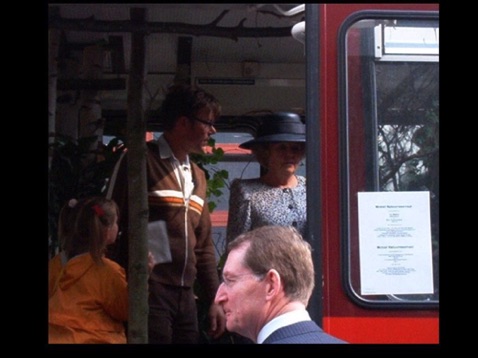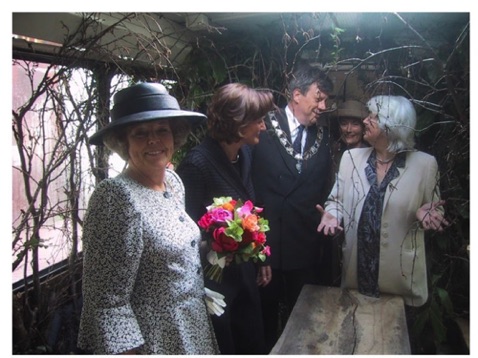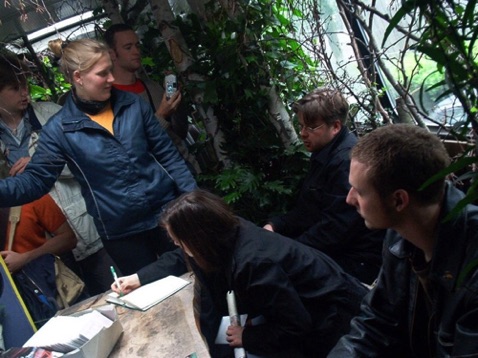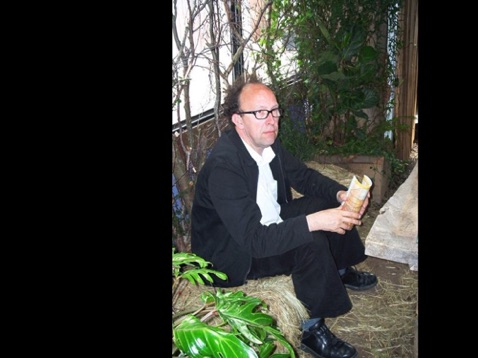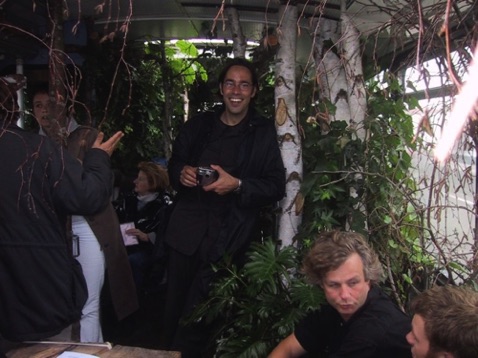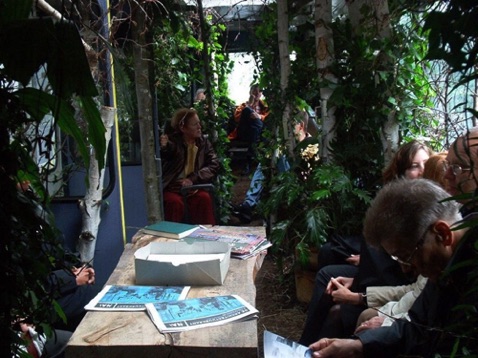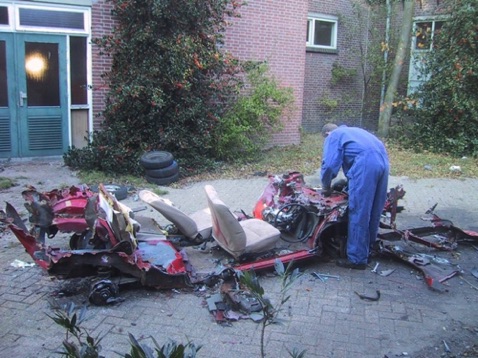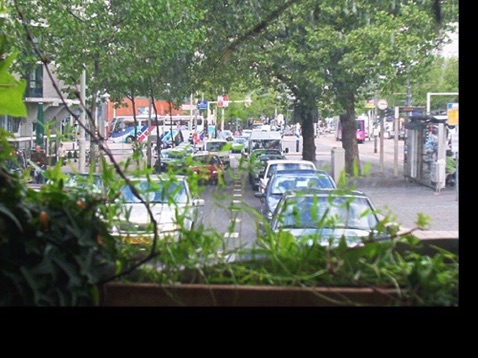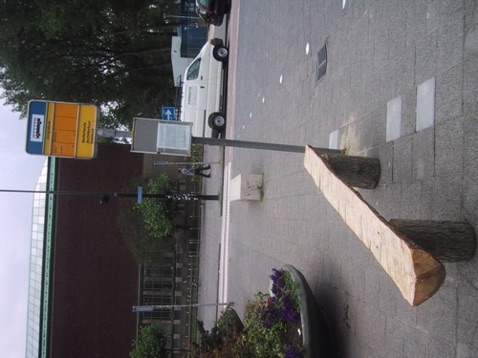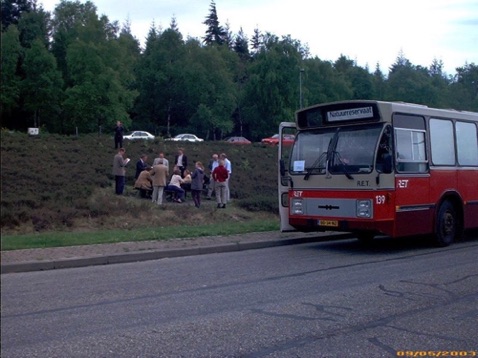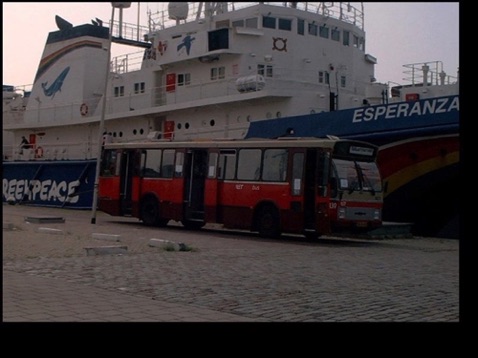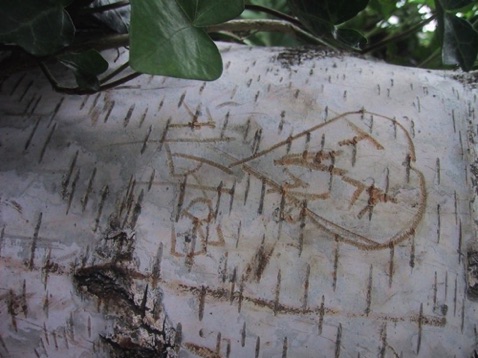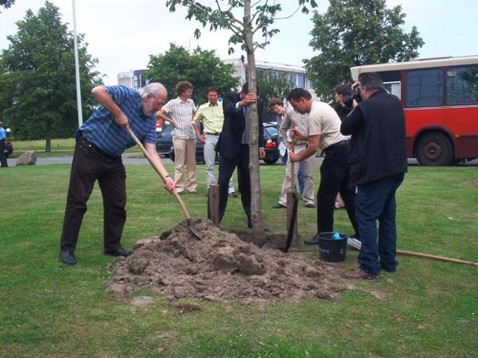indie urbanists
a mobile nature preserve BosBus
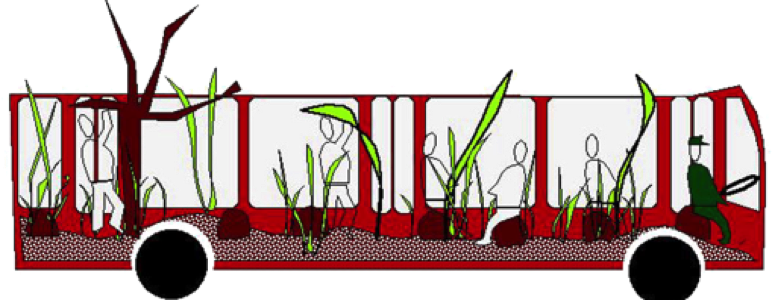
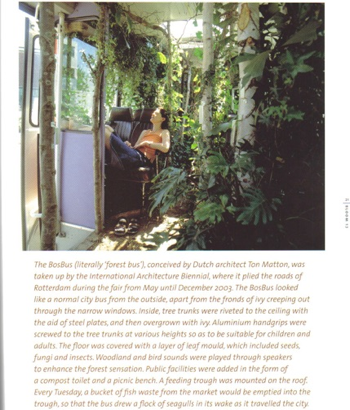
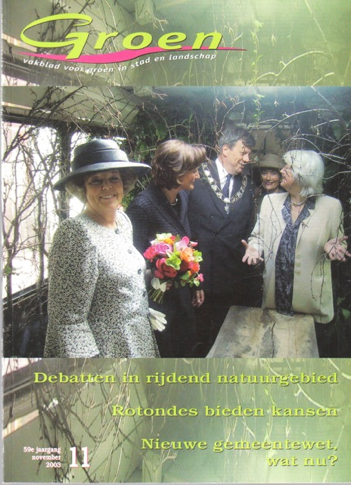
The tropical rain forest took millions of years to develop into the relatively stable system it is today. Its trees, plants, insects and birds evolved to occupy their own specific niches, and they all form part of a finely tuned ecosystem. In the city, this process has had no more than a hundred years to take place.The first pioneers are still struggling daily to win suitable places for themselves in the highly specific urban ecosystem. As the urban fabric sprawls across an ever expanding area,over half the world’s population now lives in cities and travels within this urbanized framework. Many plant and animal species have followed in the wake of human city dwellers. They adapt to the urban environment. Nature, like mankind, has discovered the global village and takes eager advantage of the human infrastructure. Pioneering species travel by train, boat or plane to seek out viable niches in the city. Countless immigrants of this kind are to be found in for example the harbour of Rotterdam.The pigeon, originally a bird nesting in rocky cliffs, now lives among the skyscrapers and feeds on fallen crumbs of potato chips. The heron poise alongside an angler at the water’s edge, awaiting the chance of an easy meal. Annual Meadow-grass and Plantain thrive in the cracks between the paving slabs where they are regularly pounded underfoot. Danish Scurvygrass runs riot on Dutch motorway verges whose salinity, after forty winters of road salting, resembles the coastal soils of Denmark. These plant and animal species are rarely thought of in terms of nature because they to not conform to our romantic image of nature. But that image is a rapidly changing one, and romanticism is finding a place in a ‘global nature’.
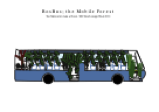
Rotterdam Architecture Biennale 2003
2nd versian at Dutch Design Week Eindhoven 2011

